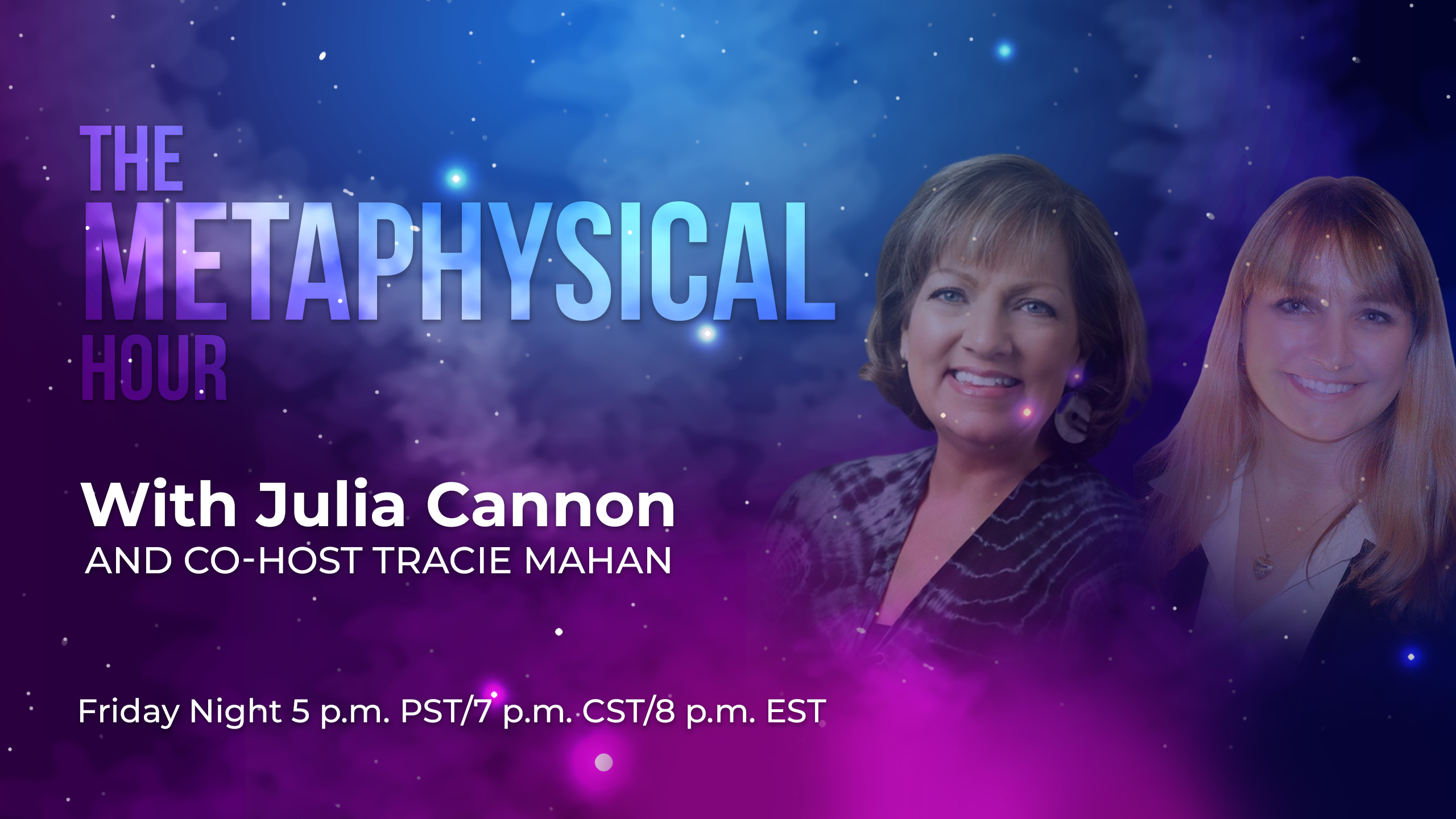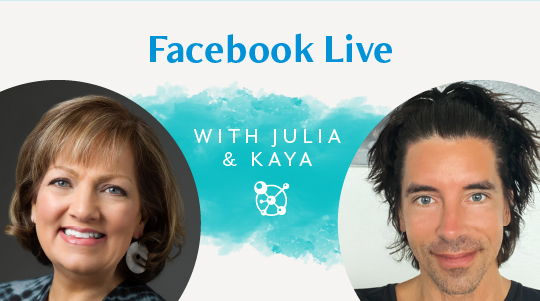Many people carry wounds from early life without even realizing it. Understanding how to heal subconscious trauma from childhood requires bringing hidden pain to light and addressing it with intention. Unprocessed childhood experiences can manifest as subconscious trauma symptoms, affecting emotions, behaviors, and relationships. Since the subconscious mind stores these early experiences, subconscious mind healing techniques involve self-awareness, self-compassion, and deliberate practices that help release stored pain. The following methods will guide you through self-healing, helping you process the past and move forward with strength.
Table of Contents
How to Heal Subconscious Trauma from Childhood
Healing subconscious trauma from childhood requires bringing buried emotions to the surface, acknowledging past pain, and using intentional techniques to process and release it. Since the subconscious stores early experiences, healing involves self-awareness, self-compassion, and methods like mindfulness, inner child work, and somatic practices. Addressing these wounds can transform emotional well-being.
 1. Acknowledge and Accept Your Trauma
1. Acknowledge and Accept Your Trauma
The first step to healing trauma is acknowledging that it exists. Many people suppress or dismiss painful childhood experiences, but ignoring them does not make them disappear. Bringing subconscious pain into conscious awareness allows healing to begin. Journaling or speaking with a trusted person about your experienced trauma can be a helpful first step in learning how to heal from narcissistic abuse.
2. Identify Emotional Triggers
Certain events, places, or situations may trigger emotional reactions that seem disproportionate. These responses are often linked to unresolved childhood pain. Pay attention to when you feel strong emotions such as fear, shame, or distress and reflect on their origins. Identifying these patterns can help you process your subconscious wounds.
3. Practice Self-Compassion
Many people who have experienced trauma struggle with self-criticism and low self-esteem. Learning to treat yourself with kindness can counteract the negative beliefs that were formed in childhood. Replace self-judgment with understanding and encourage yourself the way you would a close friend.
4. Reconnect with Your Inner Child
Your inner child holds the emotions and memories of your past. Healing involves listening to this part of yourself with love and care. Visualization techniques, writing letters to your younger self, or engaging in activities you enjoyed as a child can help strengthen this connection and provide comfort.
5. Use Somatic Practices
Since the body stores trauma, engaging in somatic techniques such as deep breathing, progressive muscle relaxation, and mindful movement can aid healing. These practices release stored tension and can reduce stress, anxiety, and emotional pain.
6. Challenge Negative Thought Patterns
Many subconscious wounds shape negative thought patterns. Questioning these beliefs and reframing them can be a powerful step toward healing. For example, if childhood neglect led you to believe you are unworthy of love, replace this belief with affirmations reinforcing your value.
7. Establish Safe and Supportive Relationships
Childhood trauma can deeply affect one’s ability to trust others. Surrounding yourself with caring individuals who respect your boundaries can be transformative. Developing healthy relationships allows for emotional safety and fosters connection, which is essential for healing.
8. Meditative and Mindfulness Practices
Meditation increases self-awareness and helps quiet the mind, making it easier to process trauma. Mindfulness allows you to observe emotions without judgment, giving you control over your responses rather than reacting based on past wounds.
9. Seek Professional Guidance When Needed
While self-healing is possible, there may be times when professional therapy is necessary. Trauma-informed therapists, trauma therapy, and specific approaches such as EMDR (Eye Movement Desensitization and Reprocessing) or CBT (Cognitive Behavioral Therapy) can provide deeper healing.
Subconscious Trauma Symptoms
Unhealed childhood trauma often appears as emotional and behavioral symptoms that affect daily life. Here are some common subconscious trauma symptoms:
1. Persistent Anxiety
Feeling on edge without a clear reason can be a sign of stored trauma. Childhood experiences may cause the nervous system to remain in a heightened state of alertness. Anxiety is one of the biggest symptoms of childhood trauma in adulthood.
 2. Difficulty Trusting Others
2. Difficulty Trusting Others
People who have experienced trauma often struggle with trust, fearing vulnerability and rejection.
3. Self-Sabotaging Behaviors
Unresolved trauma can lead to patterns of behavior that prevent success, such as procrastination, unhealthy relationships, or avoidance.
4. Emotional Numbness
A history of neglect or abuse may cause an emotional shutdown, making it difficult to feel joy or deep connection.
5. Fear of Abandonment
Attachment issues stem from childhood wounds, leading to a strong fear of rejection or being alone.
6. Strong Emotional Reactions
Seemingly minor events may trigger intense emotional responses, as they unconsciously remind you of past pain.
7. Chronic Fatigue
Emotional burdens can manifest physically, leading to fatigue, poor concentration, and exhaustion.
8. Low Self-Esteem
Negative childhood messages become ingrained, causing persistent feelings of inadequacy.
9. Unexplained Physical Symptoms
Headaches, digestive issues, or muscle tension can be physical expressions of unprocessed trauma.
10. Sensory Triggers
Certain smells, sounds, or sensations can subconsciously bring up traumatic memories, leading to distress without clear reasoning.
Treatments and Help with Unconscious Trauma
Although self-healing is valuable, there are structured approaches to treatment that can offer additional support. Here are some options:
1. Art Therapy
Engaging in creative expression helps process emotions stored in the subconscious and releases unspoken pain.
 2. Body-Based Therapies
2. Body-Based Therapies
Practices like yoga, massage, and somatic experiencing help store trauma in the body to be released.
3. Cognitive Behavioral Therapy (CBT)
This structured therapy helps reframe negative thought patterns and develop healthier emotional responses.
4. Eye Movement Desensitization and Reprocessing (EMDR)
EMDR is a specialized treatment that helps process traumatic events by stimulating the brain’s natural healing process.
5. Group Support and Community Healing
Connecting with others who have shared similar experiences fosters understanding and reduces isolation. This is very helpful for betrayal trauma recovery.
6. Journaling and Reflective Writing
Writing about past traumatic experiences helps bring subconscious pain to light, making it easier to process.
7. Mindfulness-Based Stress Reduction (MBSR)
This practice helps regulate the nervous system and decrease anxiety through present-moment awareness.
8. Trauma-Informed Coaching
A trauma-informed coach can provide guidance on integrating healing practices into everyday life.
9. Visualization and Inner Child Work
Imagining a safe space for your inner child can help reframe past memories and create a sense of safety.
Key Takeaways
Healing from subconscious childhood trauma takes patience and dedication. Recognizing the impact of past wounds, developing self-awareness, and using intentional healing methods can transform your well-being. Whether through self-reflection, meditation, or professional therapy, each step brings you closer to emotional freedom. Trauma is stored deeply, but with persistence, you can release its hold and build a future free from past pain. What does it mean to be mentally healthy? Find out by following the link.
FAQs
1. What is subconscious trauma?
Subconscious trauma refers to unresolved emotional wounds stored in the subconscious mind. These traumatic memories often stem from childhood experiences and influence thoughts, behaviors, and emotional responses without conscious awareness. They can manifest in unexpected ways, such as anxiety, low self-esteem, and difficulty forming relationships.
Subconscious trauma can be caused by neglect, emotional or physical abuse, or witnessing distressing events. Because these experiences are stored beneath conscious awareness, they can continue to shape a person’s life until they are recognized and processed. Healing requires identifying triggers, practicing self-awareness, and using techniques that release stored emotional pain.
 2. How do I know if I have subconscious trauma from childhood?
2. How do I know if I have subconscious trauma from childhood?
Signs of subconscious trauma include persistent anxiety, difficulty trusting others, emotional numbness, fear of abandonment, self-sabotaging behaviors, and strong emotional reactions to minor triggers. Unexplained physical symptoms such as fatigue, headaches, or tension can also be indicators.
Since subconscious trauma is deeply ingrained, it may take intentional reflection to recognize its influence. If you notice recurring patterns in your emotions, relationships, or thought processes that seem irrational or difficult to change, this could be a sign that past trauma is still affecting you.
3. Can subconscious trauma heal on its own?
Subconscious trauma does not typically heal on its own. Without awareness and active healing efforts, it can continue to affect emotions, behaviors, and relationships. Recognizing and addressing childhood trauma is necessary for true emotional freedom.
While time may dull the intensity of some wounds, the subconscious mind retains painful experiences until they are consciously processed. Healing requires self-reflection, emotional release, and often structured approaches such as mindfulness, therapy, or trauma-informed techniques.
4. What are the best self-healing techniques for subconscious trauma?
Effective self-healing techniques include journaling, meditation, mindfulness, inner child work, breathwork, and somatic practices. These methods help bring subconscious pain into conscious awareness and allow for emotional release. Developing self-compassion and engaging in supportive relationships also aid in healing.
Each person responds differently to healing practices, so it’s important to experiment with various approaches to see what works best. Engaging in activities that promote relaxation, self-expression, and emotional processing can gradually help break old patterns and foster new, healthier responses.
Interested in becoming a QHHT Practitioner?
Find out how YOU can become a QHHT Practitioner. We offer an entire online course journey to get you started, growing, and achieving your goals.

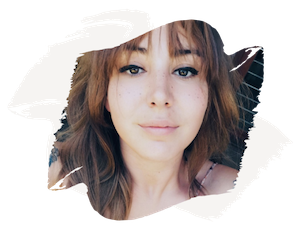
Jade Small
I am a creative and a wanderer. Mysteries and connections are what inspire me to write. While on my path, my purpose is to bring you information to help inspire you on your journey on this place called earth.
See more from these categories
Read similar posts
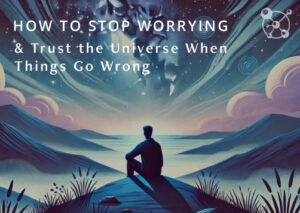
Wondering How to Trust the Universe When Things Go Wrong? It’s natural to feel lost when life doesn’t go as planned. However, learning how to have faith in the universe can transform your perspective. This practice involves believing…Read More»

In the realm of metaphysical literature, few names resonate as profoundly as Dolores Cannon. A luminary in the world of hypnosis and regression therapy, Dolores Cannon captivated readers with her unique ability to unlock the…Read More»
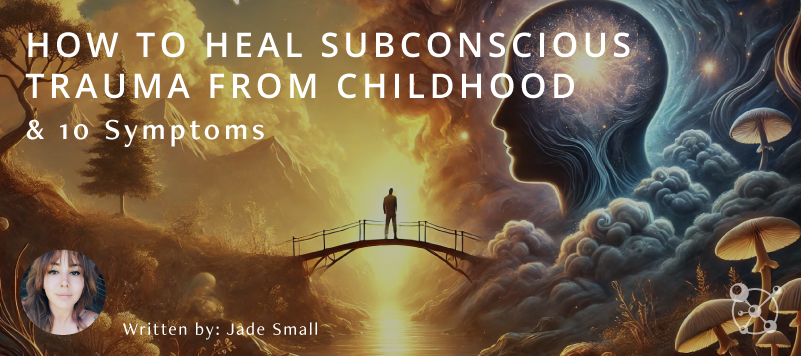
 1. Acknowledge and Accept Your Trauma
1. Acknowledge and Accept Your Trauma 2. Difficulty Trusting Others
2. Difficulty Trusting Others 2. Body-Based Therapies
2. Body-Based Therapies 2. How do I know if I have subconscious trauma from childhood?
2. How do I know if I have subconscious trauma from childhood?


